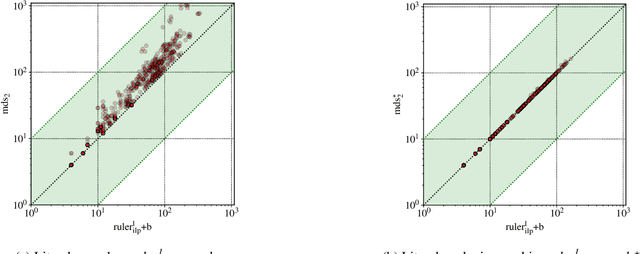Edward Lam
Column Generation Using Domain-Independent Dynamic Programming
Oct 16, 2025Abstract:Column generation and branch-and-price are leading methods for large-scale exact optimization. Column generation iterates between solving a master problem and a pricing problem. The master problem is a linear program, which can be solved using a generic solver. The pricing problem is highly dependent on the application but is usually discrete. Due to the difficulty of discrete optimization, high-performance column generation often relies on a custom pricing algorithm built specifically to exploit the problem's structure. This bespoke nature of the pricing solver prevents the reuse of components for other applications. We show that domain-independent dynamic programming, a software package for modeling and solving arbitrary dynamic programs, can be used as a generic pricing solver. We develop basic implementations of branch-and-price with pricing by domain-independent dynamic programming and show that they outperform a world-leading solver on static mixed integer programming formulations for seven problem classes.
A Scalable Two Stage Approach to Computing Optimal Decision Sets
Feb 03, 2021

Abstract:Machine learning (ML) is ubiquitous in modern life. Since it is being deployed in technologies that affect our privacy and safety, it is often crucial to understand the reasoning behind its decisions, warranting the need for explainable AI. Rule-based models, such as decision trees, decision lists, and decision sets, are conventionally deemed to be the most interpretable. Recent work uses propositional satisfiability (SAT) solving (and its optimization variants) to generate minimum-size decision sets. Motivated by limited practical scalability of these earlier methods, this paper proposes a novel approach to learn minimum-size decision sets by enumerating individual rules of the target decision set independently of each other, and then solving a set cover problem to select a subset of rules. The approach makes use of modern maximum satisfiability and integer linear programming technologies. Experiments on a wide range of publicly available datasets demonstrate the advantage of the new approach over the state of the art in SAT-based decision set learning.
 Add to Chrome
Add to Chrome Add to Firefox
Add to Firefox Add to Edge
Add to Edge